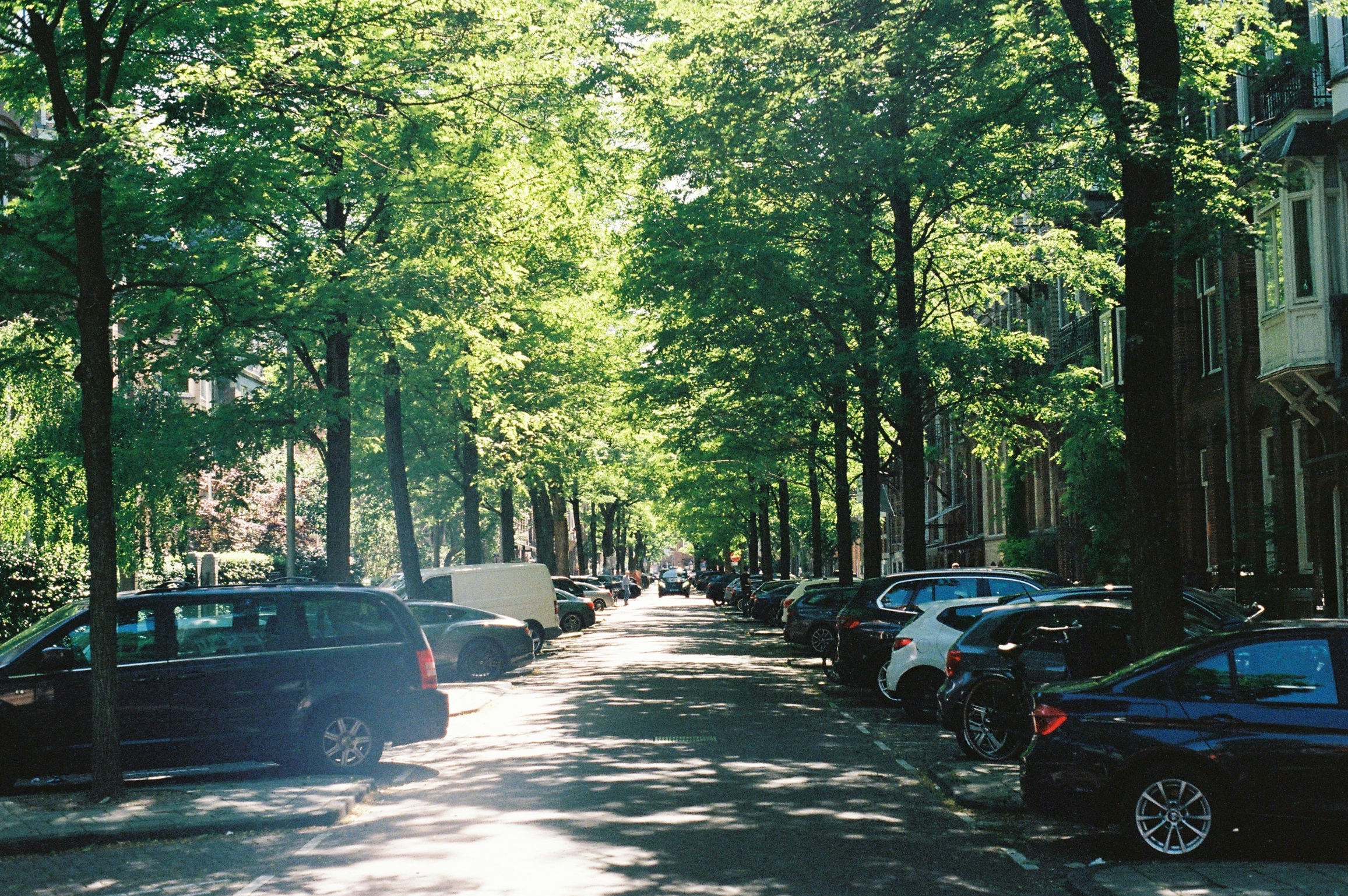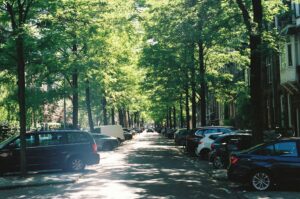The rise in dry winters followed by warm, dry summers has led to an increase in tree root claims activity. So, what does this mean for local councils?
The root of the problem
In short, the owner of a tree whose roots can be shown to have encroached on neighbouring land and/or has drawn sub-soil moisture affecting property, is liable to the owner of that property for the resultant damage.
The main reason for this almost strict liability is because claims are usually brought in nuisance rather than negligence. Many of the defences available to actions in negligence are simply not available when it comes to the tort of nuisance. However, there are several salient points to note:
- The right of action rests solely with the owner of the affected property.
- That right of action may not pass to subsequent owners unless the nuisance and damage is on-going.
- The defending council does not need to own the tree to be liable in nuisance. If the council have control over the maintenance of the tree, that is sufficient to create a right of action against them.
- If the tree roots are the ‘substantial and effective cause’ of damage then the local council may be wholly liable for the damage to property.
- The damage must be foreseeable. If the soil type and conditions are not normally associated with shrinkage and there is no locality history of problems, then there is a possible defence. It is believed that if such a defence is to be sustained, the local council will probably have to demonstrate a pro-active tree inspection and maintenance programme.
- The defendant local council is entitled to rely on notice of the nuisance (and damage) and to have the ‘reasonable opportunity for abatement before liability for remedial expenditure can arise’.
- But the local council must act promptly once given notice of damage.
What can local councils do about this?
Despite the above, and notwithstanding the apparent strict liability, there are a number of defences available:
- Whilst the local council tree may be encroaching and drawing soil moisture, the main or ‘substantial and effective’ cause may be from other trees in the vicinity, not in ownership or control of the local council.
- Although not a defence in law, tree pruning or pollarding at an early stage may abate the nuisance and mitigate or avoid a claim.
- Failure to give notice: The onus is upon the claimants to give notice when they become aware of the problem and before any repair work is carried out. An absence of evidence may provide the local council with a practical defence.
- Limitation: The period is 6 years from the date of damage. If the property has changed hands in that period, the new owner may not have any right of action for damage caused before ownership was acquired.
In the final analysis, very few claims where causation is established are capable of defending.
Where a liability for loss is established, most local councils have agreed (sometimes with a degree of reluctance) to remove the tree or undertake a programme of pruning and pollarding. However, there is a sea change taking place in the attitude and approach of many local councils.
In line with the values detailed in The Tree Charter many local councils are realising that trees in ‘public ownership’ are an asset upon which an intrinsic value can be placed. As a result trees in public places are subject to asset management schemes and registers. Thus the ‘value’ of a mature tree can be taken into account when deciding upon the solution to a tree root problem. Substantial underpinning coupled with the construction of a root barrier may, for example, be a more cost effective answer than simple tree removal or severe pollarding.
This approach, however, is largely dependent upon dialogue and discussion between local councils, their liability insurers and the insurers of the damaged property. The correct and diligent use of experts can save substantial costs to a local council, by way of seeking a cost effective solution to the tree root issue and to avoid betterment situations which are included in subrogated claims from property insurers.
Ideally, local councils, wherever possible, should adopt a pro-active rather than reactive approach to the problem. Certain types of trees have a tendency to cause such problems, and careful planning in new development areas could well have a positive impact in years to come.
If you have any queries about a tree in your local council, speak to a member of the Councils team who can advise on the best course of action.





